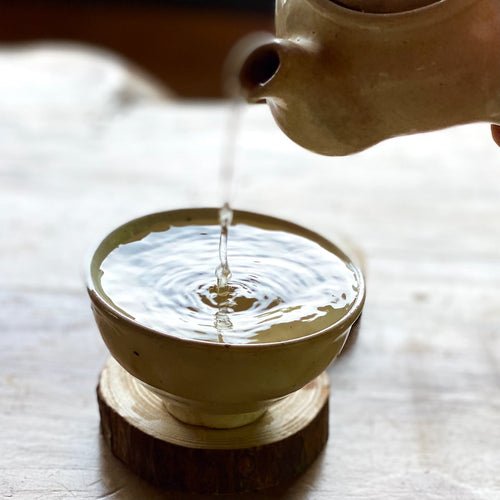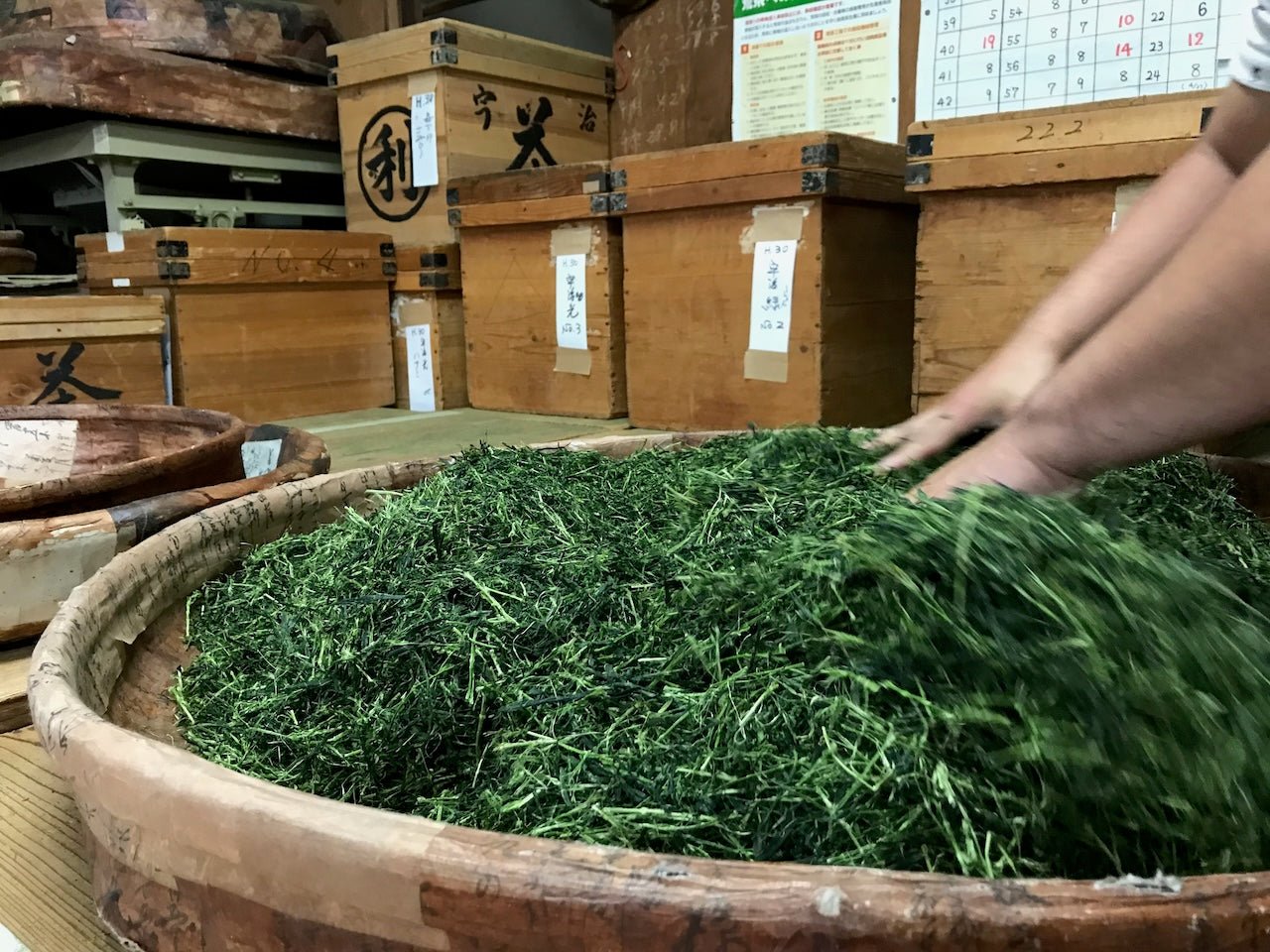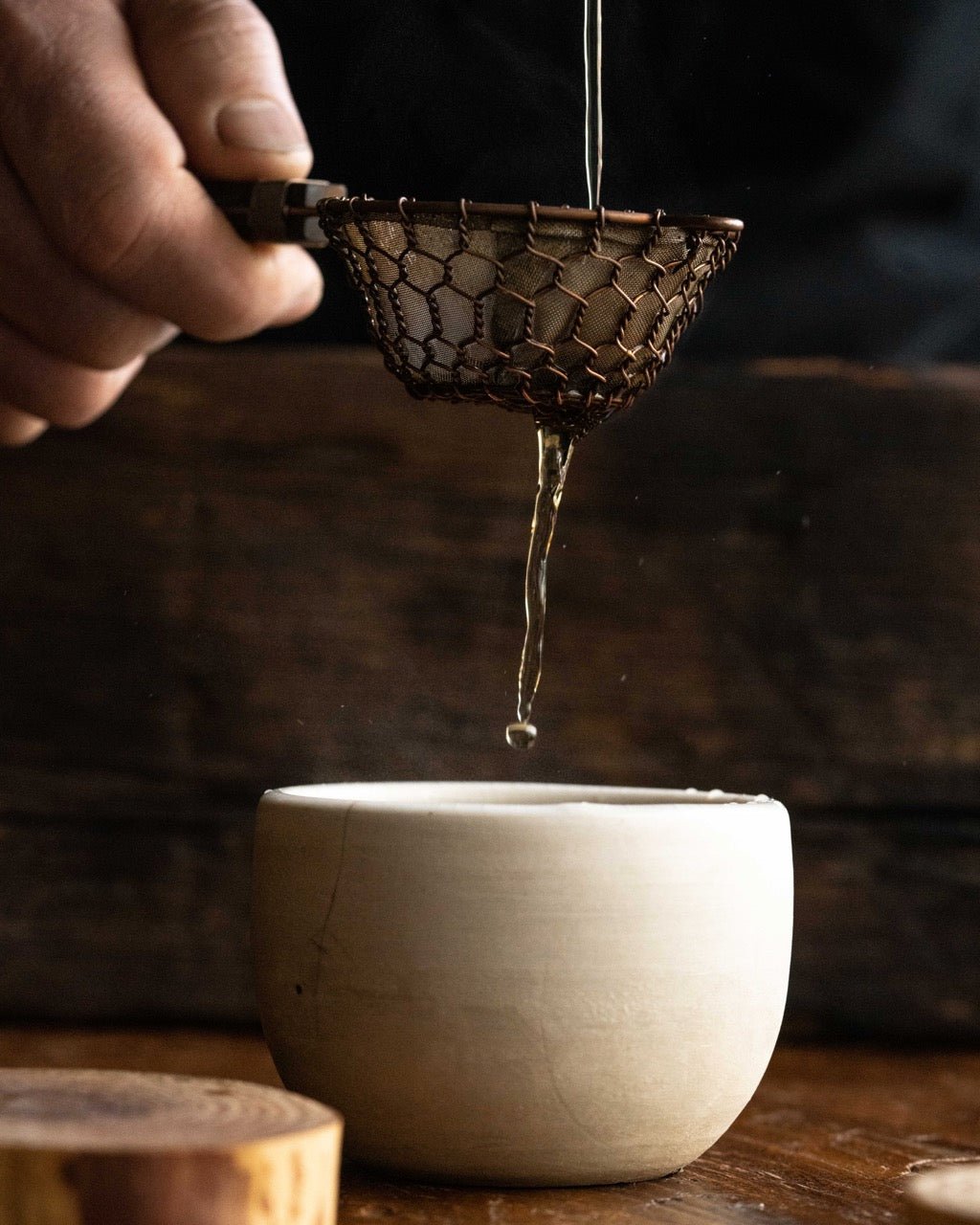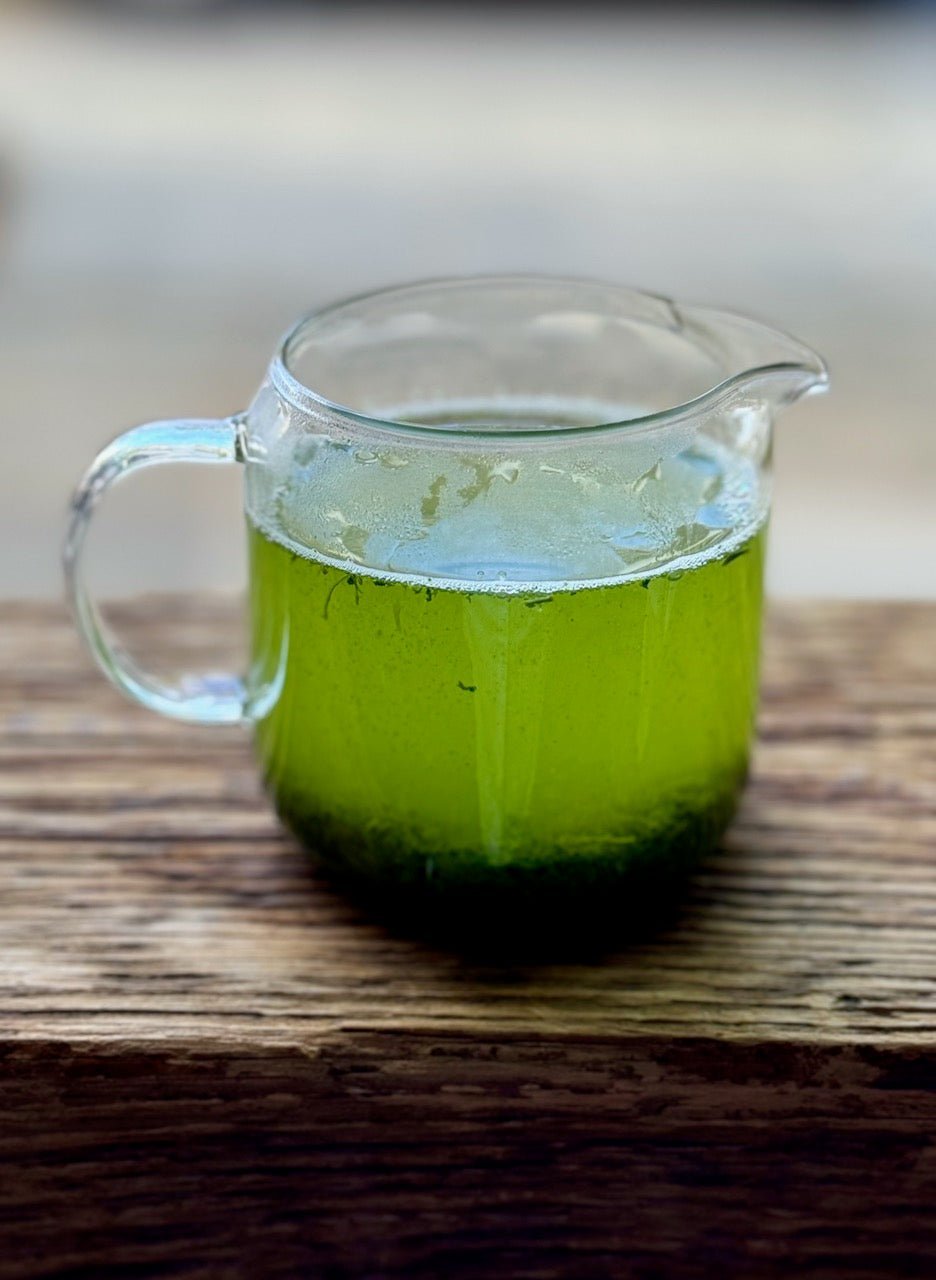Korean Tea Culture - Brief History

Korean tea culture is fascinating but often overlooked. South Korea, a country with a landmass roughly equivalent to that of Kentucky and a population significantly larger than Canada’s, grows some of our favourite tea leaves. Here is a very broad summary of its tea history.

Early Origins
The recorded history of tea in Korea is almost 2000 years old. In the year 48 CE King Suro of Garakguk married Heoh Wang Ok, who brought tea as part of her dowry. This record is almost a side note, and we do not know if or how King Suro enjoyed this gift. Please keep in mind: this happened centuries before China’s Tang Dynasty (618-907), when tea became an integral part of the Middle Kingdom’s culture, often associated with Buddhism.

Unified Silla Period (668-935 CE):
Soon after the once tiny kingdom of Silla consolidated rule over the Korean Peninsula, its King Munmu requested tea to be offered during memorial services. The way of serving tea was highly influenced by Tang China; brewing this drink became a common practice among the educated Buddhist community. A monk named Chungdam wrote about tea in a work called ‘Anminga’; we have, unfortunately, not found a translation.
In the year 828 Kim Dae Ryeom planted the first tea trees in Jiri Mountain, in the far south of the Peninsula. It would take another roughly 300 years for Myoan Eisai to start spreading tea trees across Japan.

Kim Jong Yeol's tea farm in JIri San is one of our favourite in the world.
Goryeo Dynasty (918–1392):
Just like Silla was inspired by China’s Tang, Goryeo was inspired by Song. During this period the use of powdered green tea (the ancestor of present day matcha) became popular. This period also gave birth to Darye, a systematic approach to preparing tea that is (wrongly, in our personal point of view) sometimes called a ‘tea ceremony’. This wonderful system emphasized Buddhist ideals of simplicity and harmony with nature.


Joseon Dynasty (1392–1897):
The rulers of this Dynasty had a strong preference for Confucian philosophy over Buddhist. They discouraged the consumption of tea in every day life, considering the Darye an impractical waste of time. Tea culture, however, remained alive in rituals, offers to ancestors, and in monastic life. The best known tea practitioner of this period is a monk called Cho Ui (1786-1866) who gifted us some beautiful writings about tea; these are, fortunately, available in several languages.

Cho Ui
Public Domain, https://en.wikipedia.org/w/index.php?curid=34214426
Japanese Occupation (1910–1945):
Tea production in this period was highly influenced by Japan. Many of Boseong’s beautiful tea fields date back to this period; they are (no surprise) highly reminiscent of Japan’s farms – quite unlike the older fields near Jiri Mountain.

1970’s to Date:
As modern Korea prospered, interest in Korea’s tea culture surfaced again. Thanks to schlars like Kim Mi Hee, Choi Beom Sul and Choi Gyu Yong, the practice of Darye is alive and well. There are tea museums in Boseong, Hadong (close to Jiri Mountain) and Jeju Island, as well as many traditional tea shops all over the country.




Comments